Author’s note: In celebration of the tenth Global Accessibility Awareness Day, I wanted to refresh this piece, inject it with some updated information and share my learnings and experience from the past year with regards to accessibility and podcasting.
As creators, there are things we can do with our digital assets to make them more accessible for everyone. According to CDC research, 25% of U.S. adults live with a disability.
Back in 1999, the World Wide Web Consortium Web Accessibility Initiative (W3 WAI) established a set of guidelines for websites, and now apps, to be considered compliant and accessible for those with disabilities. Here’s a quick definition:
“Web accessibility means that websites, tools, and technologies are designed and developed so that people with disabilities can use them. More specifically, people can perceive, understand, navigate, and interact with the Web and contribute to the Web.”

What does all of this have to do with podcasts?
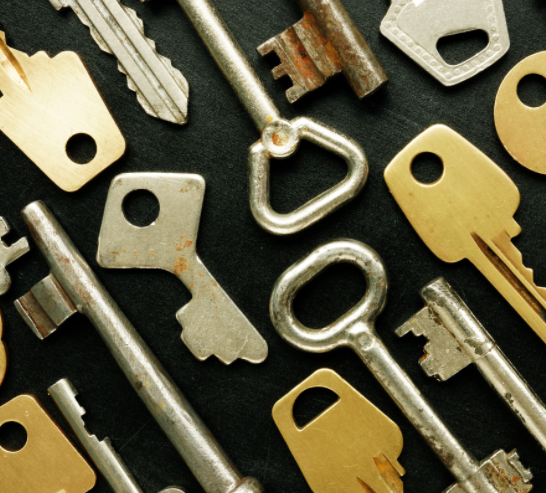
While podcasts are a form of audio media, they are accessible solely by way of digital technology — whether through an app, streaming via inline web player, or embedded in a site.
Our entire audience should be able to perceive, understand, navigate, and interact with podcasts. It’s that simple.
It’s our duty as podcasters — and as people — to ensure that we’re creating the best experience possible for our audience. Our entire audience should be able to perceive, understand, navigate, and interact with podcasts. It’s that simple.
Making your podcast as accessible as possible will not require extreme adjustments to your routine, and it will create a much better experience for listeners. Here’s how.

Steps to making your podcast accessible
1. Podcast Artwork
Let’s start from the ground up. You publish artwork with every episode to promote and maybe even give playful previews of your show. Depending on the colors, fonts, and element sizes in your artwork, it may be difficult to perceive by a person with disabilities.
The WCAG have a set of criteria specifically revolving around color contrast of images and text. Here’s a summary:
- Large text has a minimum contrast ratio of 3:1.
- Text on a color background or image background must observe a contrast ratio of 4.5:1 at minimum.
There are exceptions: Purely decorative elements and logotypes have no required contrast ratio.
This might feel very technical, but there are free tools online to check contrast ratio. Polypane’s color contrast checker and the OSS image color checker are easy resources to ensure your text meets the minimum contrast ratio.
Note: One could argue that the text on podcast art is considered a logotype, thus making it an exception to the contrast guidelines. While that might be a loophole of sorts, the goal is to make it accessible, not game the system.

2. Production
Accessibility of your podcast episodes themselves should not be an afterthought, but a throughline during production.
Content/Script
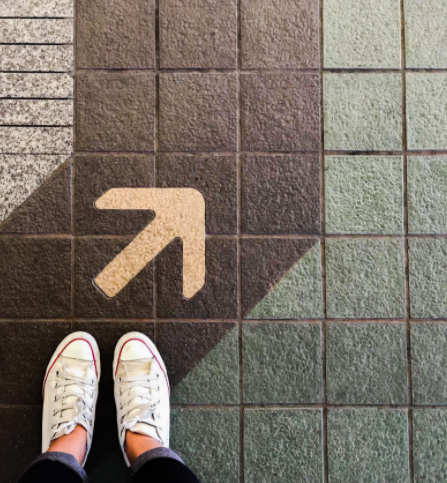
Whether your podcast is scripted or spontaneous, you want to make sure that you’re conveying information at a level that is understandable. This tip is twofold — it can serve people with learning or cognitive disabilities (see WCAG Criterion 3.1.5 for more on the exact accessibility standards) and the public at large.
Accessibility of your podcast episodes themselves should not be an afterthought, but a throughline during production.
When writing your script or outline, take this into consideration: It is estimated that half of American adults read, and thus comprehend, at an 8th grade level. Before recording, try running your copy through a readability scanner and simplify from there.
Music/Sound Effects
Your podcast music sets the tone and sometimes serves a narrative purpose. However, if it’s being played underneath dialogue, that may be a disruptive barrier for individuals with auditory processing issues, or even just for those who listen to their podcast at speeds other than 1x. (Remember, accessibility helps everyone.)
There are a few options here. If the music or sound design is key to the narrative, ensure that it’s played alone, with nothing over it. If there’s background music that serves no narrative purpose, consider eliminating it altogether.
A colleague of mine utilizes a different method to mitigate this issue. He produces a political podcast called UNFTR, which was recently written up in The New York Times. Background music is favored for their version of storytelling, but nothing is lost contextually by excluding it.
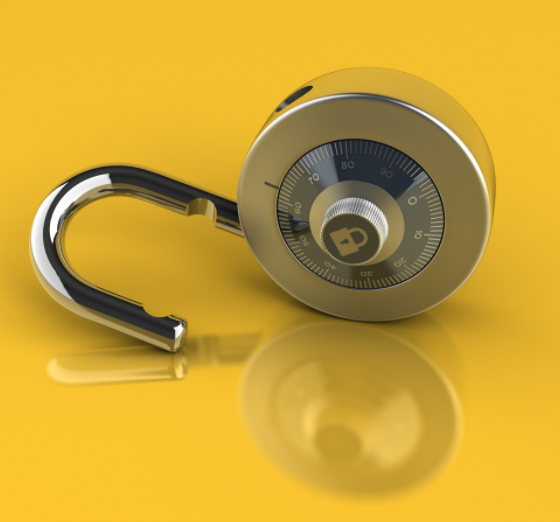
Their solution is to offer two free feeds: one with the background music, and one without. It’s a small but meaningful step in the production process that opens up listenership to an immeasurable amount of people.
Accessible features should not be held ransom behind a paywall. If an accessible version is being made, it needs to be widely available.
Note: With the rise of Patreon-type exclusive content, I wanted to emphasize that accessible features should not be held ransom behind a paywall. If an accessible version is being made, it needs to be widely available.

3. Transcripts
This is one of the most well-known and most important accessibility criteria. If you do not transcribe your podcasts, your content is inaccessible to individuals with hearing impairments and certain cognitive disabilities.
Sounds Profitable recently published a great piece on podcast accessibility by Caroline Mincks. They specifically focus on making podcasts accessible for the d/Deaf and hard of hearing communities through transcripts.
With quality transcripts, audience members learning your language will be able to follow along and enjoy your content. Plus, transcripts can help improve your SEO and discoverability in search engines, so it’s a win-win.
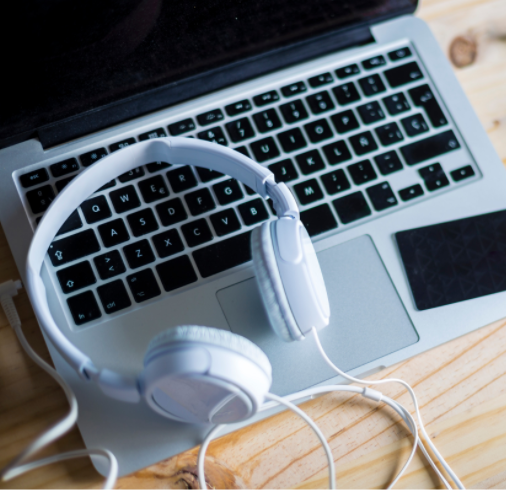
Marketing expert Meryl Evans, who is deaf, explains that there’s a huge difference between good captions and “autocraptions.” This is why, if you choose to use AI software like Otter.ai or Temi, the final product should always be reviewed and edited before being made public.
If you choose to use AI transcription software like Otter.ai or Temi, the final product should always be reviewed and edited before being made public.
Some podcasters opt for human-generated transcriptions through services such as Rev. All are viable options, and the one you select will depend on your personal bandwidth and budget.
Once you have your time-stamped transcript, you can make it available in a corresponding blog and link to that in your podcast show notes. If you publish podcasts on YouTube or any other video hosting service, enable your transcripts there as well.
Note: though not required by WCAG guidelines, podcast players like Omny Studio have a synchronized transcript feature which displays the text in time with the audio content. I believe having a synchronized transcript in addition to a plain text version goes above and beyond and ensures a great user experience.

4. Website
This will probably be the biggest lift for most creators. Having an accessible website is at the core of the digital accessibility movement and the reason the WCAG was founded. There are dozens of individual criteria — many requiring expertise in accessible design and coding — but there are still a handful of requirements that you can address with very little (and even no) knowledge of coding. W3 WAI provides a list of preliminary accessibility checks you can perform for:
- Page Titles
- Alt Text
- Headings
- Contrast Ratio
- Captions
If you’re unsure of where to start or you don’t feel comfortable digging into the technical side yourself, there are many accessibility services out there to utilize, ranging from auditing and reporting services to consultants and even full-service accessible web design shops.

5. Social Media
The content that you post on social media should be accessible as well. (If you’re curious about social media accessibility in general, visit Alexa Heinrich’s guide to accessible social media. Alexa is by far the preeminent expert in this field.)
There are four small things that you can do that make a huge difference: hashtags, alt text, image descriptions and our old pal transcriptions.
- Hashtags are a well known and much contested discoverability tactic, but they do still serve a purpose. Branded hashtags (think #MyPodcastName) are great ways to build a community around your show. If you do employ hashtags in your social strategy, here are two things to keep in mind:
- Put the hashtag in the comment. A screen reader user should not have to listen to a block of hashtags in the comment section — that makes for a terrible user experience.
- Write in Camel Case. This is a naming convention where the first letter of every word is capitalized. (Think #PodcastMovement, #AccessiblePodcasts or #FunHashtagHere.) This makes it easier for any reader to distinguish between words, but it’s especially important for screen readers. A Camel Case hashtag will ensure that it’s read out properly, rather than one jumble of letters.
- Alt-text or, alternative text, is the HTML description of an image that is read out by a screen reader. It’s important to include, because it provides context, and allows those who rely on audio in order to digest your social content fully. (For example, providing alt-text means a person with vision impairment will know what your podcast art portrays and therefore what to expect from your podcast.) Currently Facebook, Twitter, Instagram and LinkedIn all support adding alt-text to your image content.
- Image/video descriptions—different from alt-text in this situation—are supplementary descriptions of the posted image or video that is pasted in plaintext in the caption or post. If someone with low-vision or a cognitive disability is browsing social media without a screen reader, the alt-text description won’t be readily available to them in the same way as a caption. These image descriptions help contextualize the post for all visitors. To go the extra mile, you can add an image description for your podcast art into the show overview or episode show notes as well.
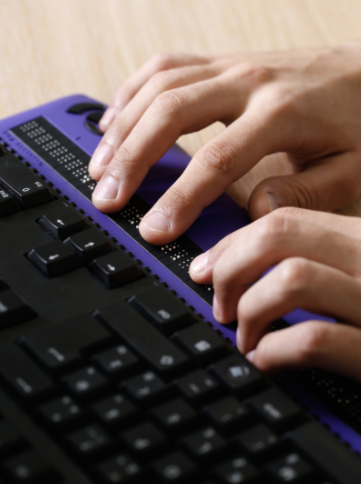
- Along with transcriptions, social assets are one of the most important tools in an accessibility toolbox. If you’re publishing an audiogram or audio snippet, you should include a transcript. Facebook, LinkedIn, Twitter and YouTube support uploading an SRT transcript file. On Instagram, the best practice is to embed the transcript within the video.
‘Camel Case’ makes it easier for any reader to distinguish between words, but it’s especially important for screen readers.

6. Software
As a podcaster, you’re not personally responsible for the end-user choosing an inaccessible streaming app or website. However, there are a few steps you can take:
- Choose the most accessible hosting software and player. I have yet to come across a software that is fully accessible at every step — from their front-facing website, to their media player, to their back-end analytics portal. That said, there are companies out there making efforts towards accessibility, even if they’re not all the way there yet. The aforementioned Omny Studio, Backtracks, Simplecast and Able Player (a non-hosting player) are all great options.
- If your chosen hosting software has not made any strides towards accessibility, try reaching out to their product team. Perhaps accessibility is on their roadmap, and perhaps not. Letting them know that you’re interested in an accessible solution at least opens the conversation and furthers the mission of web accessibility.

Let’s take a step back
Think about your podcast routine, and overlay it onto these steps. Does your output change that much? Making the podcast world more accessible does not require herculean efforts, nor is it negotiable. As stated by W3 WAI, “Access to information and communications technologies, including the Web, is defined as a basic human right in the United Nations Convention on the Rights of Persons with Disabilities (UN CRPD).”

A basic human right.
Take this information, learn from the experts (especially experts with disabilities), and share it with your community of creators.
The podcasting community is collaborative, open, and eager to learn. I feel the lack of WCAG adoption stems from insufficient education, not intentional exclusion. So my call to action surprisingly isn’t to rate, review, and subscribe, as we’re used to hearing in the podcast world. It’s to take this information, learn from the experts (especially experts with disabilities), make your podcast accessible, and share it with your community of creators.
As I write this, there are over 2 million podcasts. That’s 2 million opportunities to create a more accessible world. So what are we waiting for?
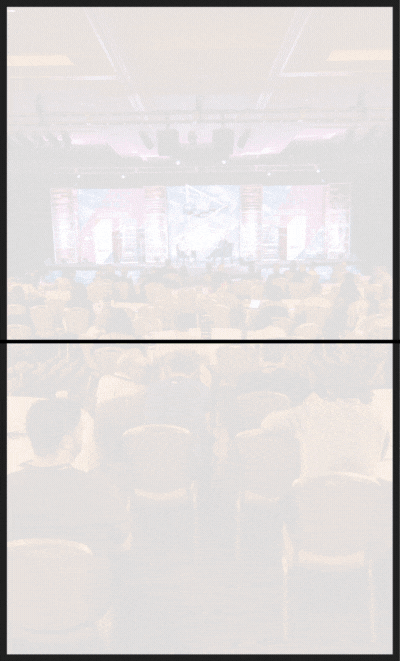
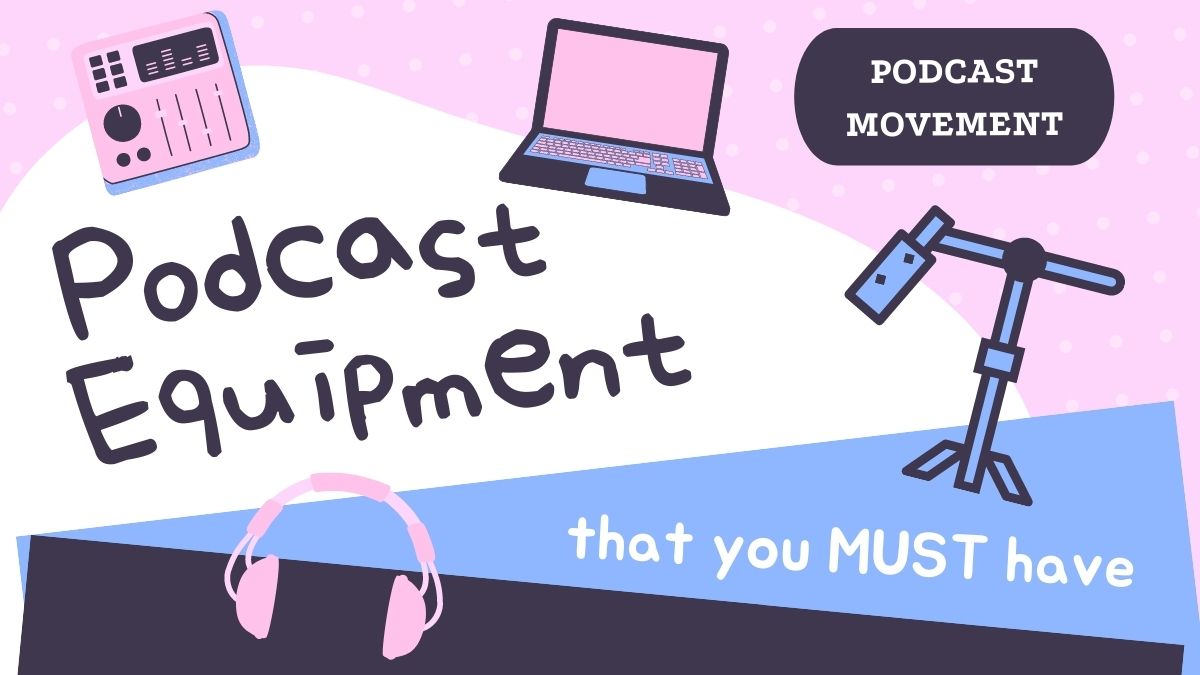

Join the Movement